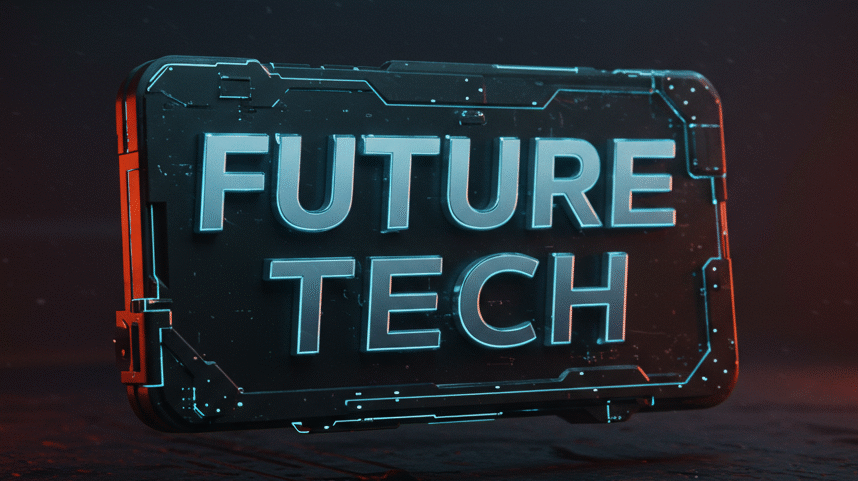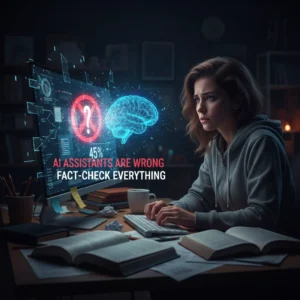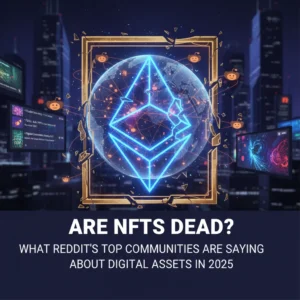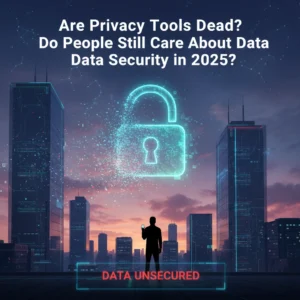Picture this: you're scrolling through social media when a friend sends you a video of yourself saying things you've never said, in places you've never been. Except it's not actually you: it's an AI-generated deepfake so convincing that even your mom would believe it. Welcome to 2025, where facial identity theft has exploded by 704% in just one year, with another 300% spike following close behind.
Your face isn't just your identity anymore: it's become a digital weapon that criminals can steal, copy, and weaponize against you and everyone you know.
How This Actually Happens
The process is terrifyingly simple. Criminals don't need Hollywood-level equipment or computer science degrees anymore. They just need a few photos of you from social media (which, let's be honest, we all have plenty of), some basic AI software that's freely available online, and about 30 minutes of their time.
Here's how they do it: AI algorithms analyze your facial features from multiple angles using those vacation photos you posted last month. The software maps your expressions, learns how your mouth moves when you talk, and studies the way light hits your face. Within hours, they can create a digital puppet that looks exactly like you.
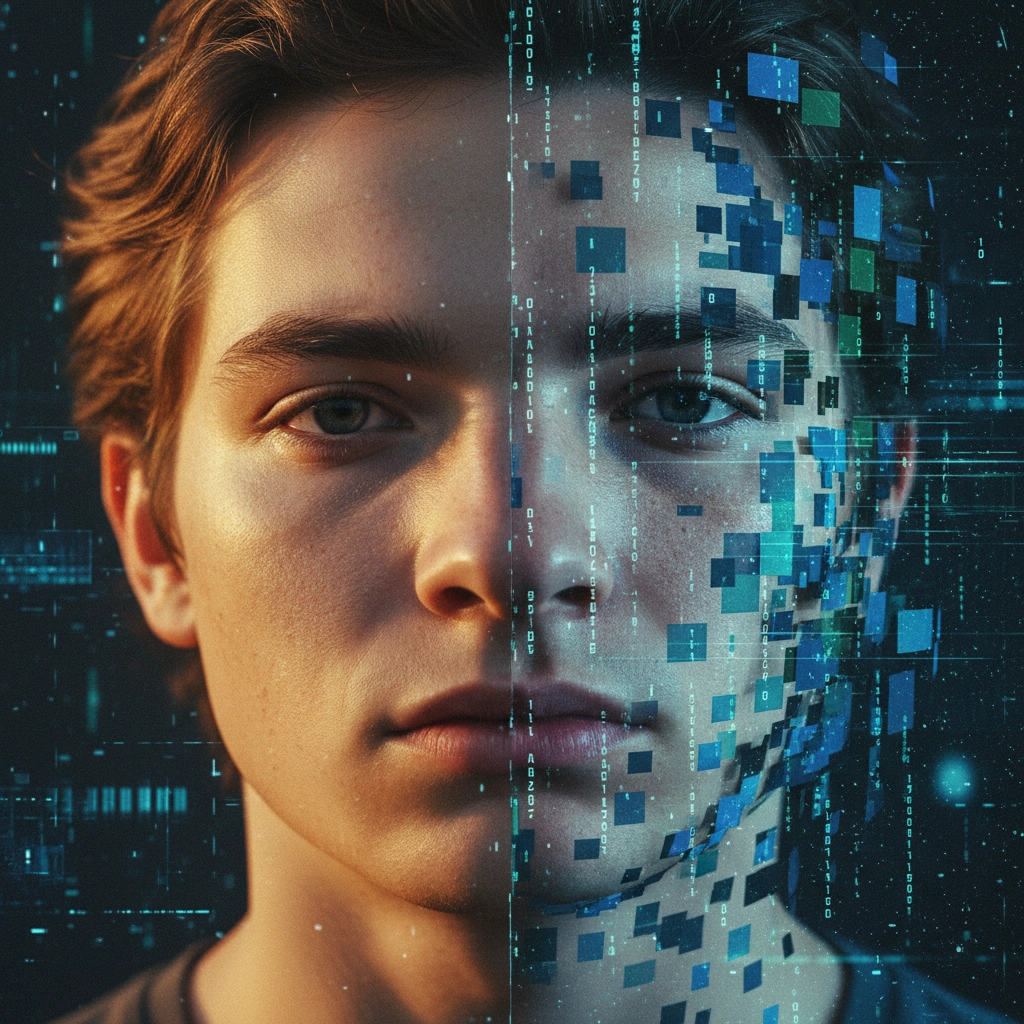
But it gets worse. They're not just stealing your face: they're cloning your voice too. Remember that voicemail you left your friend? Or that video call you recorded for work? Those audio clips become training data for AI that can make you "say" anything they want.
The scary part? This technology has gotten so good that it's fooling security systems designed specifically to catch fakes. Banks, government agencies, and even tech companies are struggling to tell the difference between the real you and your AI doppelganger.
Real Stories from the Front Lines
Sarah Chen thought she was having a normal Tuesday at her marketing job in Hong Kong when her boss called an emergency video meeting. On the screen were familiar faces: the CEO, CFO, and other executives she'd worked with for years. They needed her to authorize a $25 million transfer immediately, they said. It was urgent, confidential, and time-sensitive.
Everything looked right. The voices matched. The faces were perfect. Even their mannerisms seemed normal. So Sarah approved the transfer. Only later did she discover that every single person on that call was an AI-generated fake. The real executives were completely unaware of the meeting, and the money was gone.
Sarah's story isn't unique: it's becoming the new normal. Criminals are using stolen faces to authorize bank transfers, take out loans, apply for government benefits, and even blackmail victims by creating compromising fake videos.

What makes these attacks so effective is that they exploit our most basic human instinct: we trust what we see. When someone who looks exactly like your boss, your family member, or even yourself appears on screen, your brain doesn't question it. Why would it? For thousands of years, seeing someone's face has been a reliable way to identify them.
The Fallout: What Victims Actually Face
When your face gets stolen, the consequences ripple through every aspect of your life. It's not just about money: though the financial damage can be devastating. Here's what victims are dealing with:
• Financial chaos: Fraudulent loans, drained bank accounts, and credit scores that plummet overnight as fake accounts rack up debt in your name
• Emotional trauma: The psychological impact of seeing yourself in fake videos or having people question your identity creates lasting anxiety and trust issues
• Professional damage: Fake videos can destroy careers, especially when they show you saying or doing things that violate your company's policies
• Legal nightmares: Proving you didn't actually appear in that video or authorize that transaction becomes a full-time job that can take months or years
• Relationship strain: Friends and family members may struggle to trust what's real when they know AI versions of you exist
The worst part? Unlike traditional identity theft where you can cancel credit cards and change passwords, you can't change your face. Once criminals have created an AI model of you, they can keep using it indefinitely.
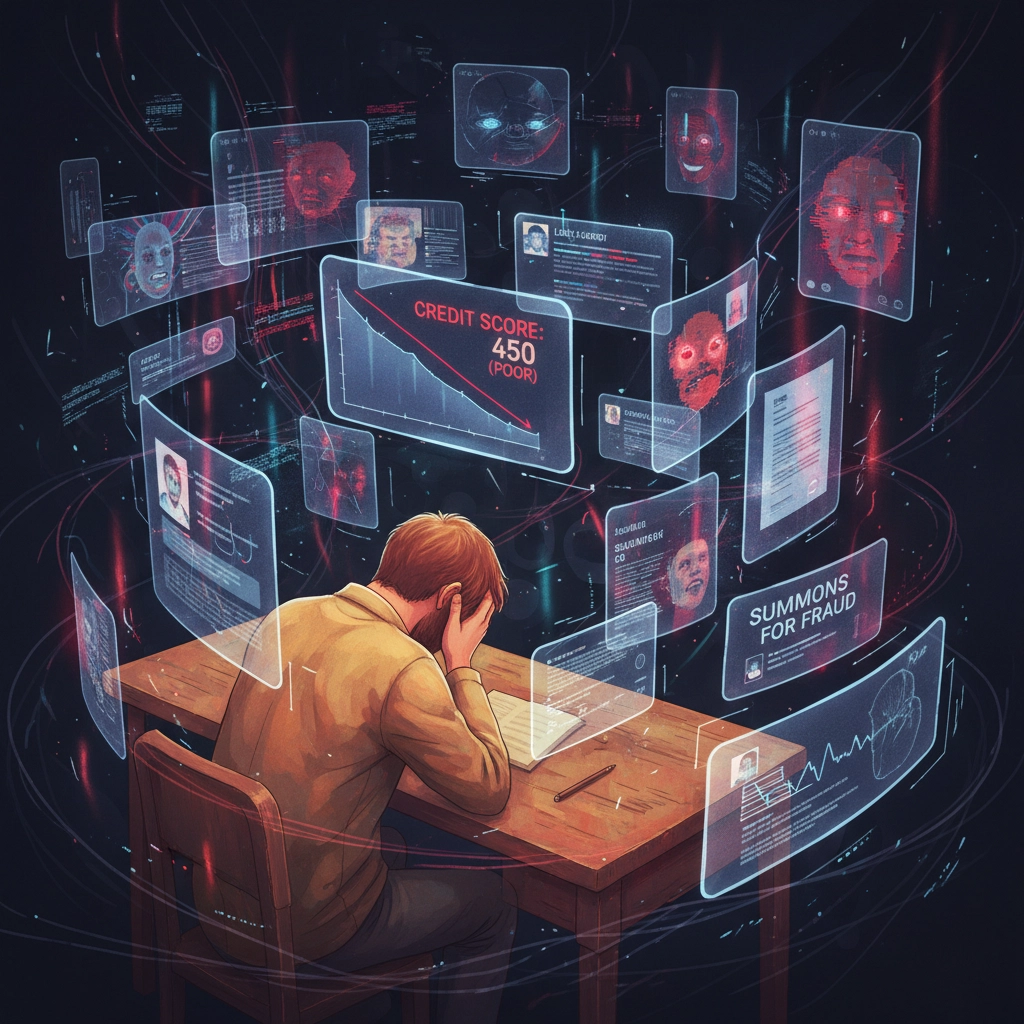
Recovery isn't just slow: it's often incomplete. Even after you've cleared your name legally and financially, fake versions of you might still be circulating online. Social media platforms and websites struggle to remove this content fast enough, and new fakes can appear as quickly as old ones are taken down.
Fighting Back: What You Can Do
The good news? You're not completely helpless. While the technology favors criminals right now, there are steps you can take to protect yourself before you become a target.
First, audit your digital footprint. Those party photos from 2019? The professional headshots on LinkedIn? The family vacation videos? They're all potential training data for criminals. Consider making older posts private and being more selective about what you share publicly.
Second, enable every security feature available on your accounts. While AI can fool many systems, it still struggles with multi-factor authentication that combines something you know (password), something you have (phone), and something you are (biometric data).
Third, educate your network. The person most likely to fall for a deepfake of you is someone who knows you well: a family member, colleague, or friend. Have conversations now about verification protocols. Maybe it's a code word, a specific question only you would know the answer to, or a callback number you both agree on.
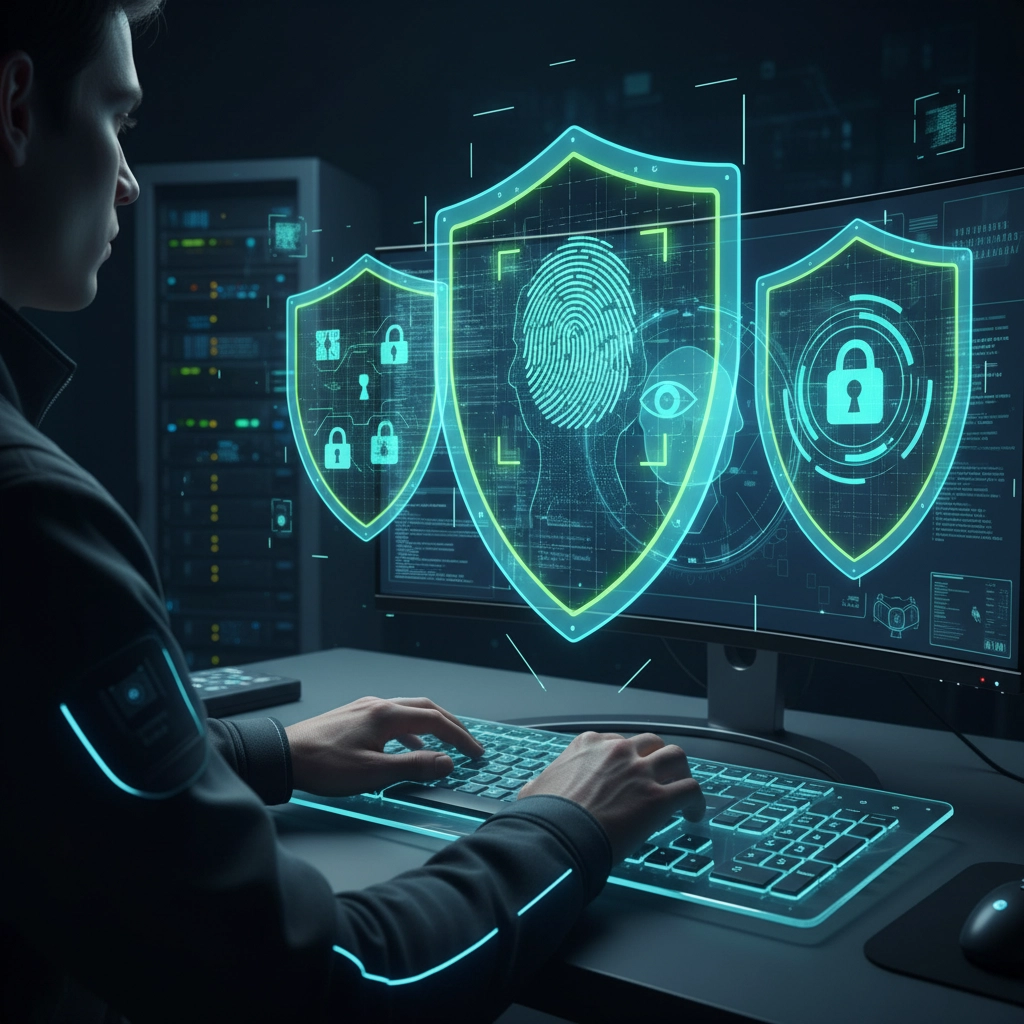
Stay skeptical of urgent requests that come through digital channels, even when they appear to come from people you trust. If someone who looks like your boss is asking you to transfer money immediately, take a breath. Call them back on a number you know is real. Ask questions that only they would know the answers to.
Finally, monitor your digital presence obsessively. Set up Google alerts for your name, reverse-search your photos occasionally, and keep an eye on your credit reports. The faster you catch identity theft, the less damage it can do.
The technology landscape is changing rapidly, and new protective tools are emerging. Blockchain-based identity verification, advanced biometric systems, and AI detection software are all improving. But for now, your best defense is awareness and vigilance.
As we navigate this new reality where our faces have become both our most personal asset and our greatest vulnerability, one question remains: In a world where seeing is no longer believing, how do we decide who to trust?
